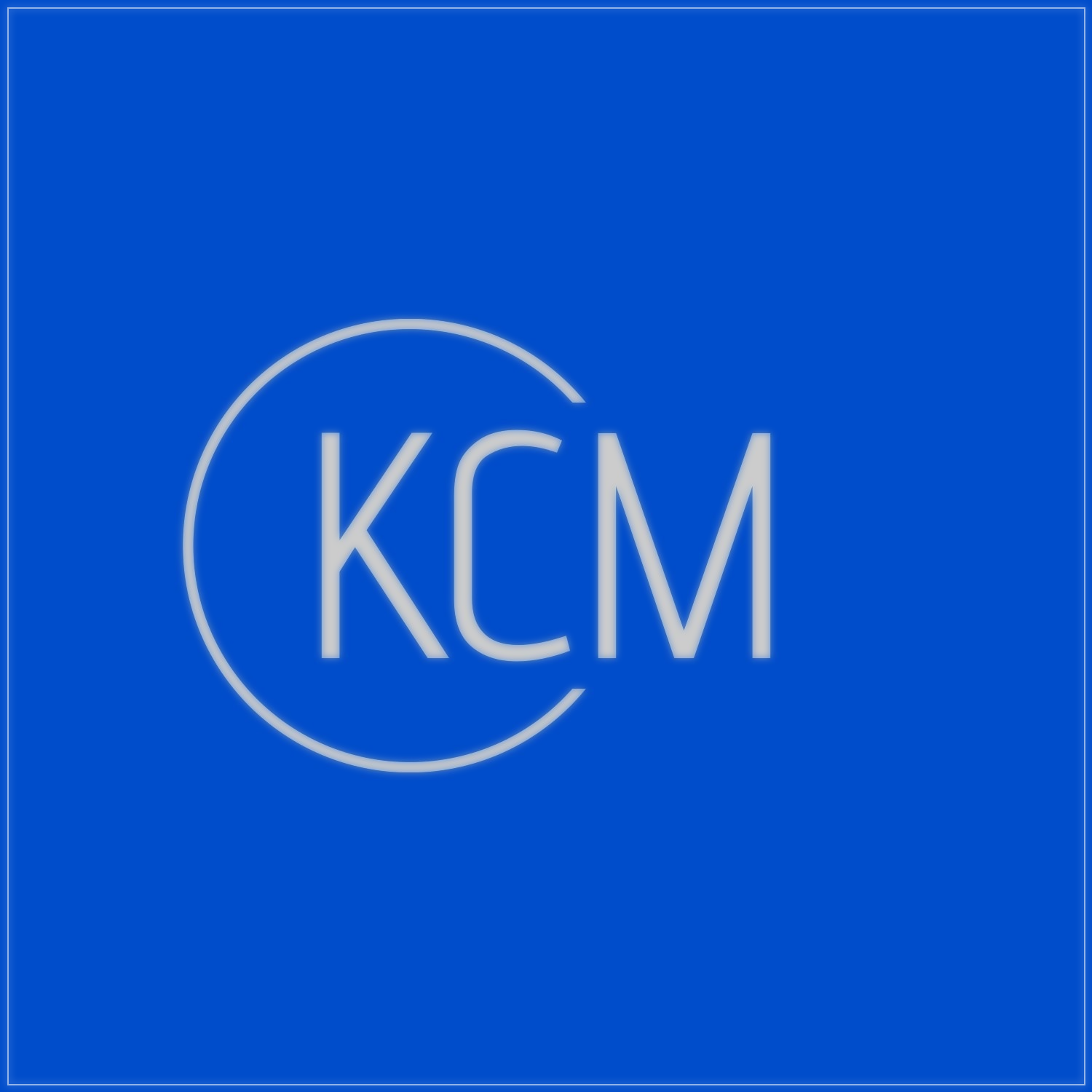Prototype Completed
*NO APRIL FOOLS*
KCM Prototype Launch: Exceeding Expectations
What began as a proof-of-concept experiment with a raw crystal stack disc and basic copper contact plating has now evolved into a truly demonstrable achievement: The PSCB Mk-0.
Why Mk-0? Because the following Mk-I is intended to be the actual template for the Mk-X generalised series, which enables us to develop in early access instead of rushed deployment, the respective Roadmaps were revealed with our year-in-review and outlook at the end of May. Progress Trackers for all Iterations will be revealed this month parallel to testing.
We are thrilled to announce that KCM has already finalized the design phase of the MK-I Piezoelectric Self-Charging Battery Demonstrator, with testing concluding in April.
It’s official: our Mk-0 testbed did more than validate our concept. It surprised even us.
With the initial preview, we already have the data and will complete the casing this week.
Initially built with off-the-shelf ceramic materials, hand-aligned contacts, and an intentionally crude layout, our test array generated up to 2 millivolts per mechanical tick—per crystal cell. On paper, this might seem small. But in motion? That’s enough to continuously power low-draw sensors, charge microcontrollers, or layer into scalable capacitor banks for steady output.
Now imagine that efficiency increased beyond our wildest imaginations, as we just achieved, up to almost 10V/Tick Peaks, fewer fluctuations, and the ability to scale it.
We’ve now entered the design and production phase for our Mk-I Demonstrator, intended as a compact, flexible prototype casing to validate:
consistent energy output under sustained stress,
minimal degradation over time, and
modular integration across aerospace, defense, and IoT applications.
🧪 Testing, Validation & Final Design
We will continue to explore four key pillars through the demonstrator cycle:
Output – establishing maximum yield and baseline thresholds.
Efficiency – validating crystal composition and stress-response ratios.
Integration – proofing board layouts, controller compatibility, and form factor constraints.
Scaling – modeling how these units combine in series and parallel use cases.
🔋 A Nod to the Past, Eyes on the Future
None of this would be possible without the foundational work laid down by Pierre and Jacques Curie over 140 years ago. Nor without the researchers, advisors, and engineers who’ve helped us walk this tightrope of ambition and pragmatism. We salute your insights—and promise to build something worthy of them. We hope their spirits are proud of us.
⏳ Next Milestones & MVP Commitment
As the design files finalize and enclosure architecture takes shape, we remain firmly on track to deliver a first working cell of our full MVP by Q4 2025. We are not just keeping pace—we’re accelerating.
The Iteration-Board reveal has been postponed to April 15 to reflect active conversations with new stakeholders following our latest traction and defense verticals.
In the meantime, we are grateful—to our investors, partners, early advisors and supporters. Your belief fuels what we build. And build we will.
📍 Quick Stopover – Meet Our COO in Japan
We will be making a brief but meaningful appearance at ICMAA 2025, held from April 2–4 at the Business Center Yokohama Nishiguchi. While just a quick stopover, Our team, consisting of envoys, will be available for conversations and networking around the latest in mechanical, aerospace, and civil engineering. We’re always excited to engage—see you there!
See you on the other side of April.
– The KCM Team🚀
